It’s been a whole year since the obsolete and worn ADSL cabling in my area finally gave out, leaving a handful of blocks around here without service for over a month. That incident marked a continued degradation of my internet connectivity, which today stands worse than ever before.
Slightly lower download speeds, much worse upload, higher latency, and sporadic random disconnects that are most inopportune have marked the pace of my online shenanigans since October of 2020 or so.
During this past year of internet woes, I’ve been on the lookout for a different ISP to substitute this constantly failing government ISP with — at least in a temporal manner, given my continued efforts to migrate out of this country to start a new life.
Much like last year, it is time to once again present a broad panorama of the available internet service providers in Venezuela. This time, I’ll be framing it through my own personal lense as a customer living in Caracas seeking service — as well as glancing through the much different reality that now exists outside of the capital.
tl;dr
At a first look, the overall internet connectivity is better-ish than last year, but it’s complicated, as nothing is ever so straightforward here.
The Speedtest mirage
If I’m to elaborate on that tl;dr through the course of this entry then I must start with the elephant in the room: Speedtest’s Global Index, which certain blue checkmarks on Twitter have been parading around nonstop as empirical proof that internet connectivity has improved in Venezuela — therefore the country has improved or is outright ‘fixed’ now.
As of July of 2021, Venezuela now ranks 133rd out of 180 on Speedtest’s fixed broadband (up from 169/175 last year). The average broadband speeds dramatically jumped from 6.15Mbps download / 3.21Mbps upload to 21.34Mbps down / 17.66Mbps up.
When it comes to mobile internet, Venezuela ranks 138th out of 139 (same rank as last year), only beating Afghanistan while being technically tied with Palestine. The average mobile speeds are now 7.61Mbps download / 4.43Mbps upload, a worse average than last year’s 8.02Mbps download / 4.83Mbps upload.
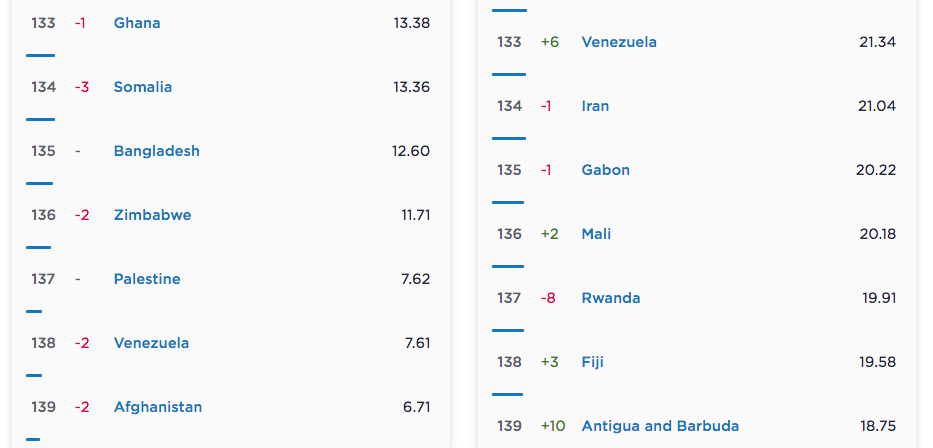
So, according to Speedtest’s metrics, the broadband average scores have dramatically improved, yet mobile averages regressed a bit.
This bump in broadband speed can be easily explained by the fact that it’s being single handedly hard carried by a handful of private ISPs that have continued to expand their service all throughout the country after years of fierce telecom regulations, draconian currency controls, and what have you. These private ISPs offer a variety of solutions, from fiber, satellite, to WISPs, and that’s where the increased speeds mostly come from.
But this rank, and it’s pretty metrics that checkmarks get their rocks off only weighs averages, and fails to account for the extremely convoluted connectivity experience at a practical level, as the sheer majority of the country (including yours truly) has a pretty bad connection, and many have to rely on the government run CANTV ISP for the lack of alternatives.
In other words: It’s like when you’re in a classroom and everyone’s flunking hard left and right, but there’s like 2-3 kids with actually good scores that end up bumping the classroom’s average grades up.
Yes, the average is higher but it doesn’t mean that the rest of the kids in this hypothetical classroom are faring well — the same can be applied to the rest of the country’s livelihood for that matter, but let’s stay focused on the subject of internet connectivity in Venezuela.
This is a highly polarized country, and after nearly twenty three years of Revolution most things are weighed or compared between the public offerings of the regime and the private alternatives that function but are out of reach of many, be it by costs or by their limited area coverage.
As a customer, if I want internet at my home I have to choose between the regime’s CANTV ISP or one of the few available private ISPs that operate around my area — so, within the framework of this entry, let’s weigh these options from my own pov as a customer.
CANTV wake up (again)
My nemesis, my e-shackles, and the source of many headaches. I don’t like it, but this is all that I have available at the moment, and this is all that I can afford as well.
I’ve been using their ADSL service for nearly twenty years now. My mother hired their then still nascent ABA ADSL broadband service sometime around February of 2002 if memory serves me well, back when CANTV was still majorly owned and operated by the U.S.’ Verizon.
I’ve never had as many problems and outages with it than over the past year, that is, outside of their infamous ‘11-11’ traffic throttling that they’ve constantly employed to keep their infrastructure from utterly collapsing and to hinder the flow of information (especially during times of intense protests), as well as the censorship and outright blocking of websites.
In terms of speed, I’m still running with the same old 4mbps download / 0.75mbps upload that I got upgraded to in October of 2013. As it stands, there are no more possible upgrades for the time being for me, and due to the precarious state of the cabling, I can no longer reach the max speeds of my plan anymore.
CANTV has been increasing their available speeds, and my 4Mbps plan, which was one of their mid-tier plans for most of the past decade, is now the absolute lowest possible that you can hire as a new customer these days. Many are still running slower plans, such as two of my neighbors, who have a 1.5Mbps download plan each. In many cases, upgrades are not possible due to lack of proper infrastructure and proper cabling in most areas to sustain plans higher than 3Mbps.
Provided that you’re lucky enough to be in one of the few areas with it, you can go all the way up to 22Mbps download for about 50 million Bolivars (~$12), which is close to ADSL2+’s max speeds: 24Mbps. CANTV has also been starting to deploy a ‘Plus’ VDSL service that goes up to 50Mbps down / 25 Mbps up, and up to 100Mbps down / 50 Mbps up through their ‘Ultra’ fiber service. These two services are still in their initial testing phase, and are only available in very few pilot neighborhoods and communities.
ADSL stability has taken a turn for the worse lately, and now my connection randomly drops every now and then. Sometimes it comes back much slower, and I have to force resync it over and over again until it ‘clicks’ and gets me something close enough to the 4Mbps that I’m supposed to have (I spent nearly a month running on 3Mbps because it would not sync higher). My modem’s SNR values are at its lowest point ever.
As for my upload, it will not budge and won’t go anywhere near the 0.75 Mbps I once had, no matter what I try.
Sure, switching the ADSL modulation to Annex M would help, but in my case, it comes with a steep cost to download speed, and I’m already starved enough when it comes to download speeds as it is, 4Mbps, which I share with my brother, barely does much these days.
There have been good days where it only disconnects once or twice, and then there have been bad days, where it disconnects literally every few minutes. It’s annoying, to say the least (and to spare you some autochthonous Zulian swearing).
Latency is much worse these days too. Long gone are the days where I’d have great ping for online gaming (considering my location), courtesy of a g.dmt modulation that no longer works around here.
I do suspect that the area’s operations central that was the main source of my erstwhile good latency is still inoperative since last year, evidence of which I stumbled upon on a sign printed at the passport office where I got my final extension from earlier this year.
"no new IDs for kids @ this office cause of an internet problem in the parish"
— Kaleb (@KalebPrime) February 18, 2021
This confirms my suspicions that the area does have internet issues and it's not just me, explains why I seem to be routed to another central, the dcs & why the obsolete g.dmt workaround isn't working pic.twitter.com/fvyWgbY4I4
So I’m probably being routed further, which coupled with the flimsy state of the cabling, is giving me these problems.
But hey, at least it functions — for now.
More and more of my neighbors have started to have problems with each passing day. Some have completely lost service altogether, others never got theirs back, and others, like me, have working internet but no telephone tone at home.
This is a phenomenon that’s widely replicated all across the country. I know far too many people going through problems with CANTV, to the point that some have had to move elsewhere just to have a working connection to work with.
Trying to get it all fixed has been a nightmare, because the problem either lies on the building itself or somewhere at the area’s cabling like last year’s incident, or both. I’ve grown tired of opening a report on CANTV’s website only for it to get wiped out of their system without it being addressed.
There is also the ever so grotesque socialist bureaucracy mixed with human pettiness in all of this, as we’ve been told that the ‘fastest’ way to get it fixed involves action from the local Communal Council — but certain people on it won’t move a finger towards fixing it because a) theirs works ‘just fine’ and b) fixing it would mean that ‘X and Y person gets their fixed, and I don’t like them, so I’m not gonna do anything’
Such is life around here.
Now, you could get it fixed if you know a guy that knows a guy — for a price, that is. However, there’s been many cases of people doing this only for their connection to work ok for a month or two, then it magically breaks down again, needing to pay again to have it fixed, only for it to once again break down.
Sometimes, it is fixed at the expense of others’ connectivity, so everyone just ends up becoming a pawn of the technicians that keep charging both groups in a perverse never ending cycle — this is a country where everyone’s been forced to become a survivor, always keep that in mind.
After all, why would you permanently fix something and deprive yourself of a steady income? Looking at you, Venezuelan ‘opposition.’
Anyways, I’ve been learning new tricks and telnet commands that, in addition to my own MacGyver-esque phone cabling repairs, have given me a somewhat better stability as of late. I think that at this point I’m very much eligible for a Doctorate in CANTV’s bullshit.
These solutions, palliative at best, have certainly helped me stay connected, but by no means are a solution to slow speeds and random disconnects. An upload speed that hovers between 0.11-0.30mbps is a nightmare. It takes forever to upload things, and is part of the reason I’ve slowed down on content creation. Streaming and video chat are out of the question (not like anyone would want to see my ugly face anyways), and e-learning can be a daunting endeavor.
All of these problems with CANTV is what prompted me to seek out private alternatives, not out of a capricious desire or to ‘bubble’ myself from the country’s collapse or for gaming, but rather, to have something that works without so many headaches for both my brother and for myself, because quite frankly, I feel very hindered by this barely working ADSL in all regards — then again, that’s how my life goes here, I’m always at the mercy of public utilities problems, and have long since molded my life around these shortages and problems, unhealthy as this has all been, both physically and mentally.
This post continues in Part 2, which you can access by clicking here.
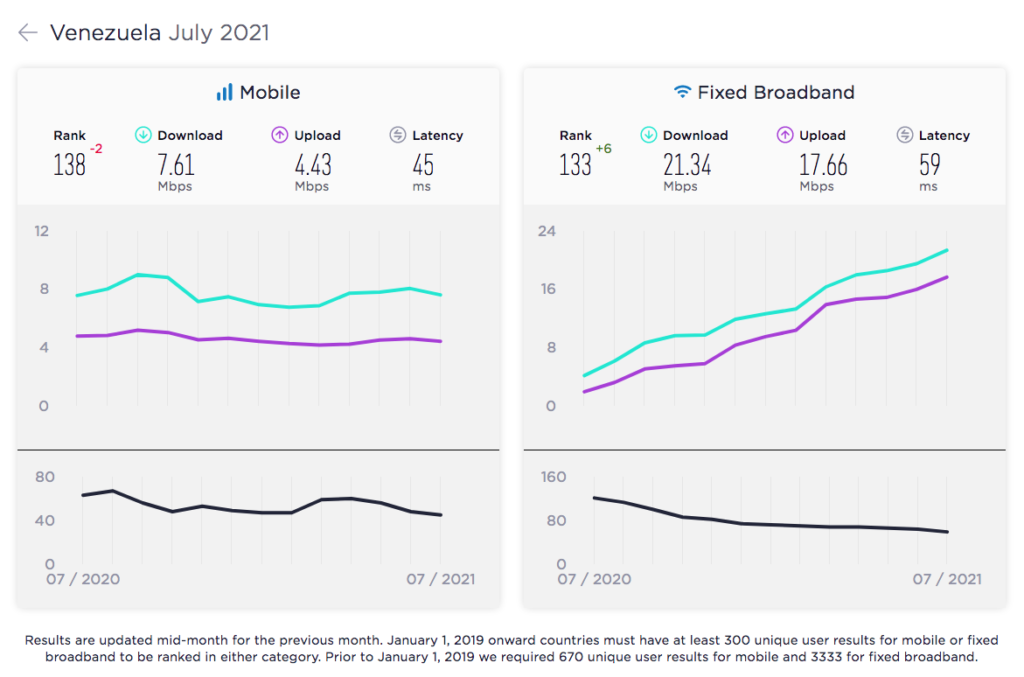
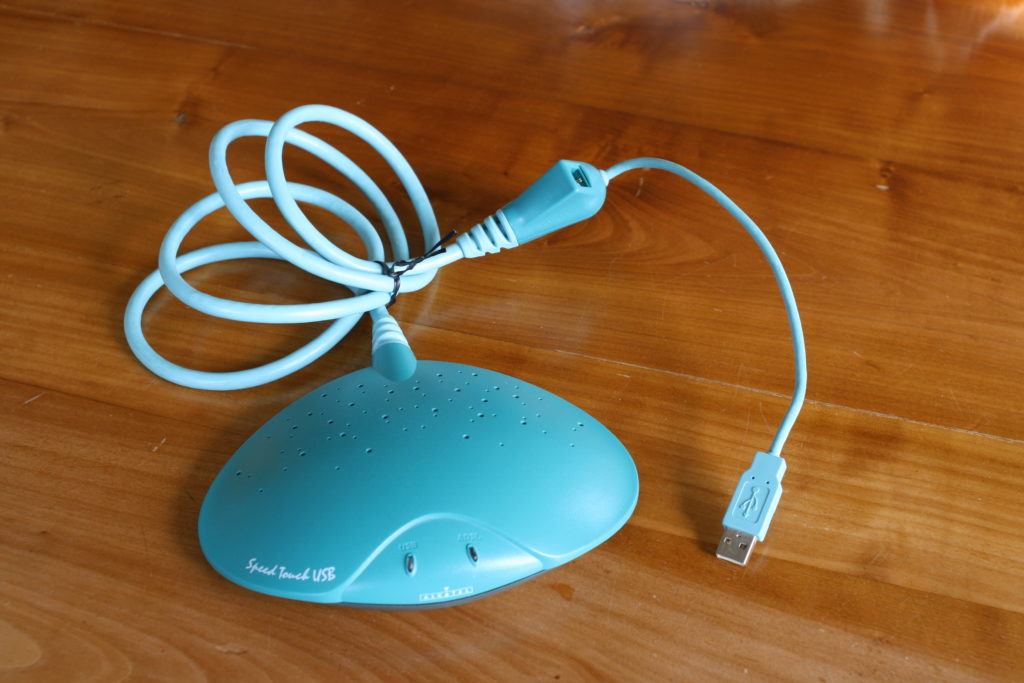
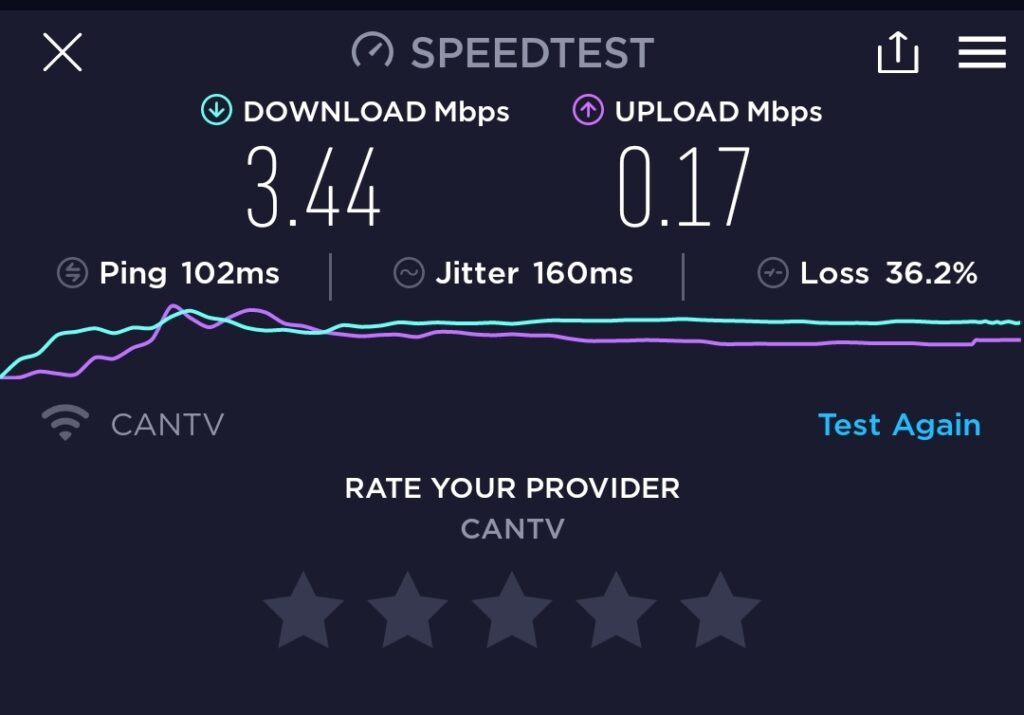
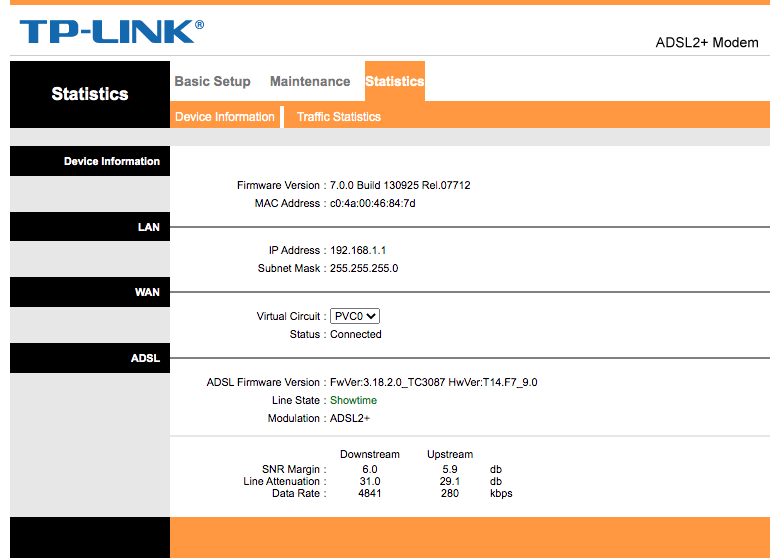
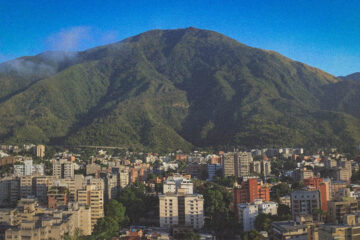


1 Comment
The (absolute) state of Venezuelan internet: 2021 edition. Part II | ckaleb[dot]com · September 11, 2021 at 8:32 pm
[…] is part 2 of 2. Click here to go back to Part […]
Comments are closed.